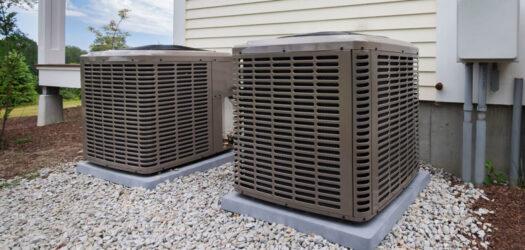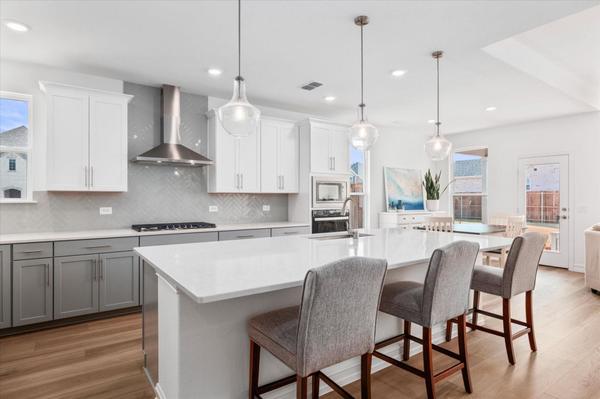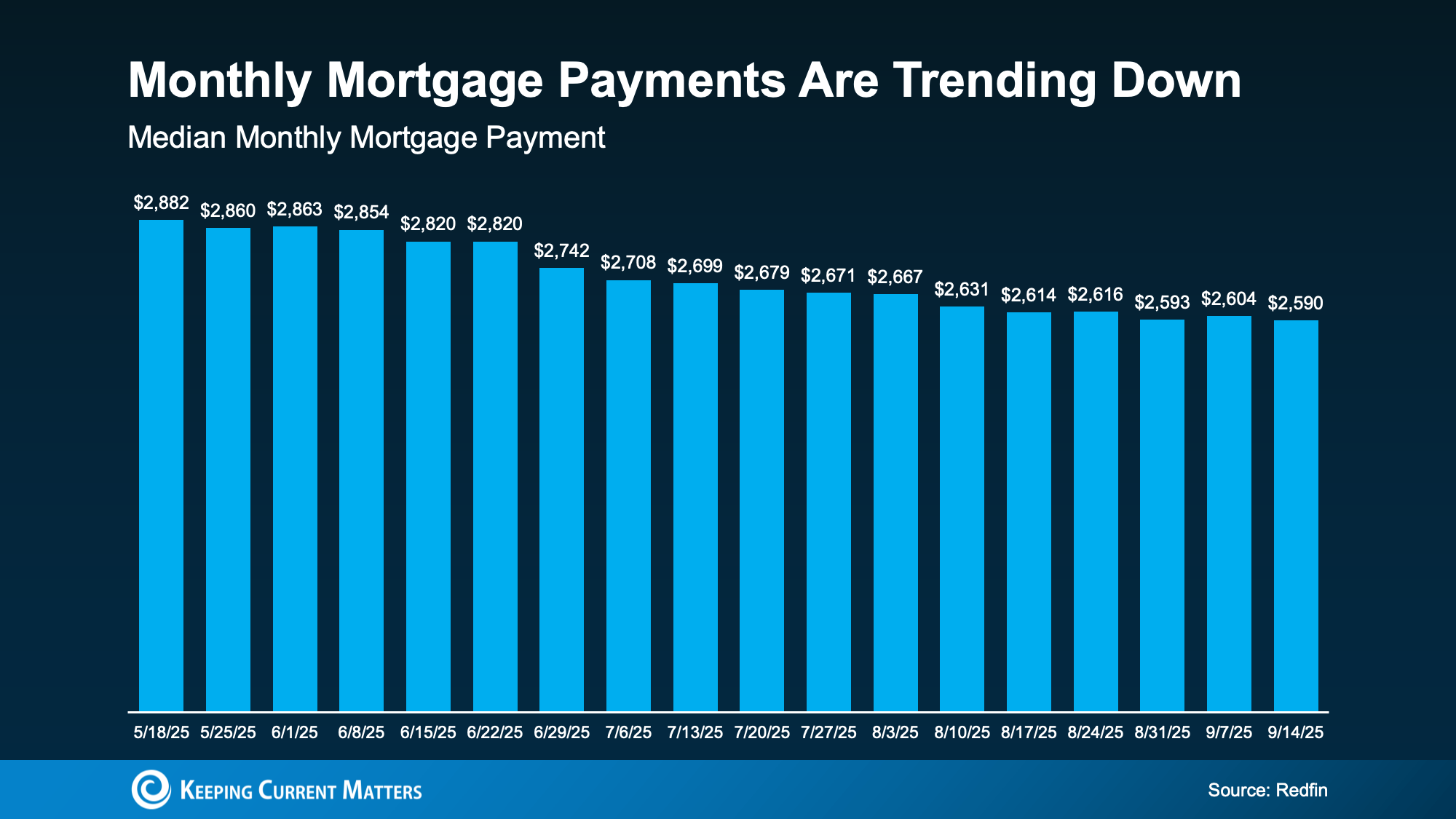BUYING A HOME WHEN YOU NEED TO SELL YOUR CURRENT HOME IN TEXAS!
BUYING A HOME WHEN YOU NEED TO SELL YOUR CURRENT HOME IN TEXAS!

If you’re thinking about buying a home, but you currently own one, how do you go about it? Do you need to sell your current home in order to be able to afford your new home or qualify for a loan? It’s actually quite common for people to need to sell their home at the same time they’re buying homes for sale – let’s face it, most of us don’t have a giant pile of cash from which to pull from, so we’re going to need the proceeds from the sale of our current home to help us buy the new one. We’ve seen situations where several home purchases and sales are tied together, which can make for a precarious situation if one of the sales falls apart. But, with some patience and skill, you can manage to sell your home and buy a home all at the same time.
BUYING A HOME WHEN YOU OWN A HOME
A lot of people don’t like to put their house on the market until they’ve found the perfect home, but we find that it usually results in a much weaker position on the buying side. When you make an offer on a home that is contingent on the sale of your home, you are asking the sellers to place their trust and faith in the sale of your current home. What if you’re priced too high? What if no one makes an offer on your house? The seller you’re buying a home from has to worry about all of this. The best thing you can do is get your house on the market right away. If you get an offer on the home, that just means we need to find you one right away and get it under contract.
ADDENDUM FOR SALE OF OTHER PROPERTY BY BUYER
In Texas, we use a form called the “Addendum for Sale of Other Property by Buyer” to tie the purchase and sale together. As usual, let’s break down the form and talk about each section.
A. The contract is contingent upon Buyer’s receipt of the proceeds from the sale of Buyer’s property at ______________________ (Address) on or before _____________, ____ (the Contingency). If the Contingency is not satisfied or waived by Buyer by the above date, the contract will terminate automatically and the earnest money will be refunded to Buyer.
NOTICE: The date inserted in this Paragraph should be no later than the Closing Date specified in Paragraph 9 of the contract.
This paragraph sets up the contingency – making the purchase of the home depend upon the receipt of proceeds from the sale of the buyer’s home. Notice the words in bold – they are written that way on the form and if you remember from previous posts, anything in bold means it’s very important to the terms set forth (and probably comes from a lawsuit before it was in bold and now they are attempting to make sure everyone understands). The contract for the new home requires the buyer to sell their current home and use the proceeds to purchase the new home. The home must sell on or before the date listed in this paragraph. If the sale does not go through and the buyer does no receive the proceeds from the sale by that date (or before), the contract on the new home terminates immediately and the buyer is entitled to get their earnest money back.
B. If Seller accepts a written offer to sell the Property, Seller shall notify Buyer (1) of such acceptance AND (2) that Seller requires Buyer to waive the Contingency. Buyer must waive the Contingency on or before the ____ day after Seller’s notice to Buyer; otherwise the contract will terminate automatically and the earnest money will be refunded to Buyer.
While the new home is under contract, the seller may continue to solicit offers and if they receive a new offer that they wish to accept, they may do so. At that time, they must notify the first buyer (that’s involved in the contingency) that they 1) have accepted a new offer, and 2) that the buyer must waive their contingency on or before the timeline set in this paragraph. So if this form said the 3rd day after the seller’s notice is given, the (original) buyer would have three days after the seller tells them they’ve accepted a new offer to decide if they wanted to continue with their purchase and waive their contingency. If they waive it, they are now bound by the terms of the contract to buy the home. If they do not waive their contingency, the (original) contract terminates immediately and the earnest money is refunded to the buyer.
C. Buyer may waive the Contingency only by notifying Seller of the waiver and depositing $ ______ with escrow agent as additional earnest money. All notices and waivers must be in writing and are effective when delivered in accordance with the contract.
If the buyer wishes to waive their contingency as noted in the previous paragraph, they must notify the seller and deposit more earnest money with the title company. This amount is determined in the paragraph and can be negotiated between the parties at the time of signing the contract. This additional amount of earnest money shows good faith on the buyer’s part and a willingness to move all the way to closing. Remember, the seller is taking a risk by accepting a contract dependent on the sale of another home (and may be doing the same thing themselves), so this extra “skin in the game” shows the willingness to move forward and finalize the sale. Also noted in this paragraph is that all notices and waivers shall be in writing, which should always be the case when it comes to anything involving contracts. Do not assume something is true unless you can see it on paper.
D. If Buyer waives the Contingency and fails to close and fund solely due to Buyer’s non-receipt of proceeds from Buyer’s sale of the Property described in Paragraph A, Buyer will be in default. If such default occurs, Seller may exercise the remedies specified in Paragraph 15 of the contract.
As noted in Paragraph A at the very beginning, the buyer’s purchase is contingent on the receipt of proceeds from the sale of their home. If they cannot close on the new home because they didn’t receive those funds by the date in Paragraph A, then the buyer has defaulted on the contract.
E. For purposes of this Addendum time is of the essence; strict compliance with the times for performance stated herein is required.
Time is of the essence is a phrase used in both English and US law to refer to the fact that strict timelines must be followed and that any delay will cause material harm to one of the parties. Simply put, don’t forget the timelines and make sure you take care of your responsibilities in the time laid out in the contract.
So while it does take a little more work and a little more risk, you can see that buying a home while selling your home is possible (and common). We should note though, when faced with a seller’s market (where the seller has the advantage over the buyer), offers with sale contingencies can be seen as less advantageous than an offer without one. Seller’s are taking a risk when accepting offers tied to the sale of another house, so you’ll need to make up for that in other areas of your offer to make it as attractive as possible to the seller.
Categories
Recent Posts











